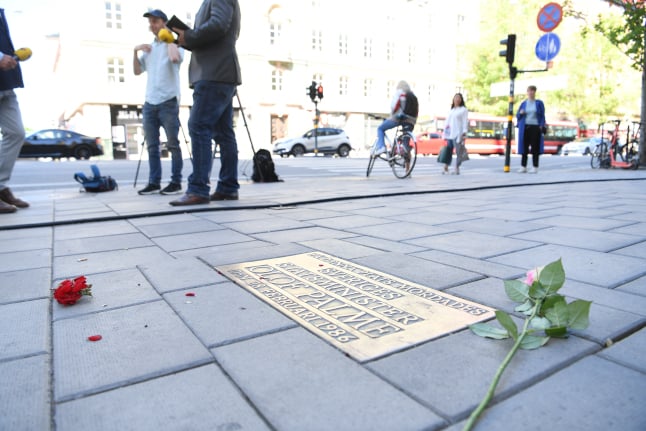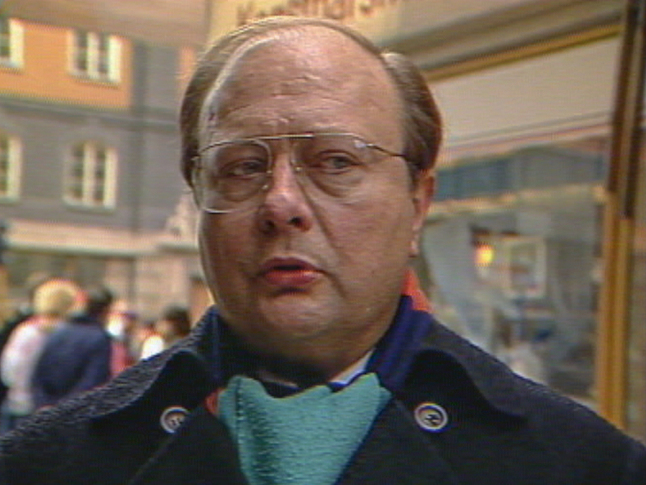A black graffiti tag had been scrawled across the simple granite tombstone bearing only Palme’s signature — the only visible sign of vandalism at the Adolf Fredrik church cemetery in central Stockholm on Thursday.
“The motive must have been ill will towards the policies of the Social Democrats or to Olof Palme as a person,” Ted Harris, the acting vicar, told the Expressen daily’s website.
“What do you gain from vandalising someone’s tombstone? This must be an expression of deep-seated aggression,” he added.
Police meanwhile confirmed that a complaint had been filed and that they are investigating the matter, but refused to provide any further details.
“We have received a report but we haven’t finished handling it yet,” police officer Ola Törndahl of the Stockholm police told Expressen.
On Thursday afternoon Palme’s family had not yet been notified of the deed.
“I have heard nothing about it but if that is the case then I think it is terrible,“ said the former prime minister’s son Mårten Palme to Expressen.
Palme was shot twice in the back by a lone gunman shortly after leaving a downtown cinema in Stockholm to walk home with his wife on the evening of February 28, 1986.
After mortally injuring Palme and grazing his wife Lisbeth with a bullet, the attacker ran off, taking his .357 Magnum revolver with him.
He left Palme in a pool of blood on the snow-covered sidewalk at the corner of what has since been renamed Olof Palme street.
The murder weapon has never been recovered.
The assassination, which sent shockwaves through Sweden, has never been solved despite an enormous amount of leads over two and a half decades.





 Please whitelist us to continue reading.
Please whitelist us to continue reading.
Member comments